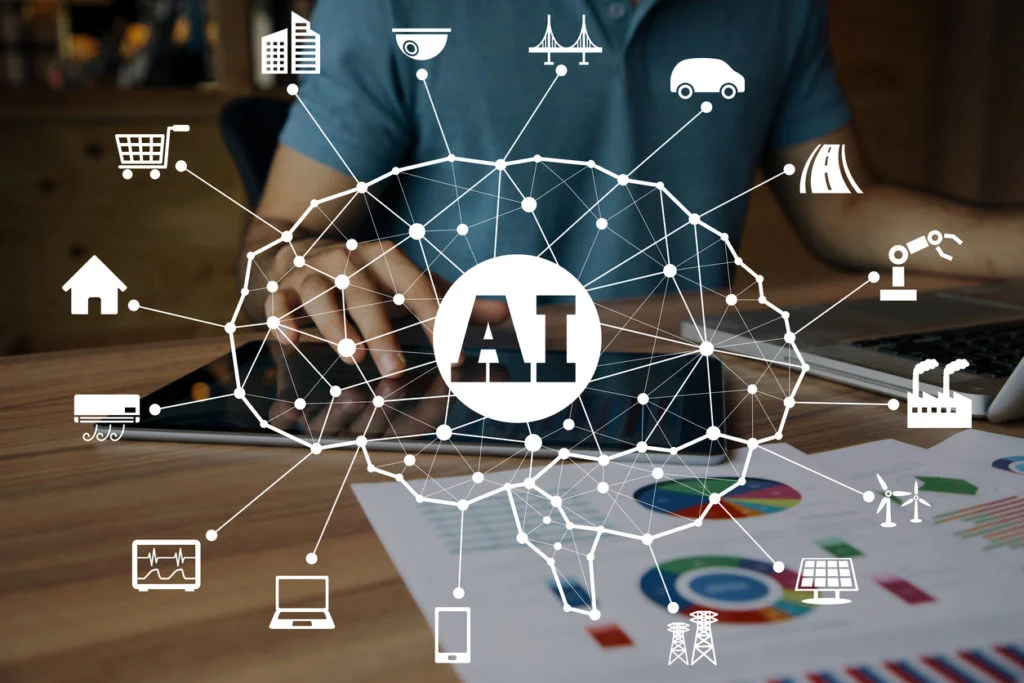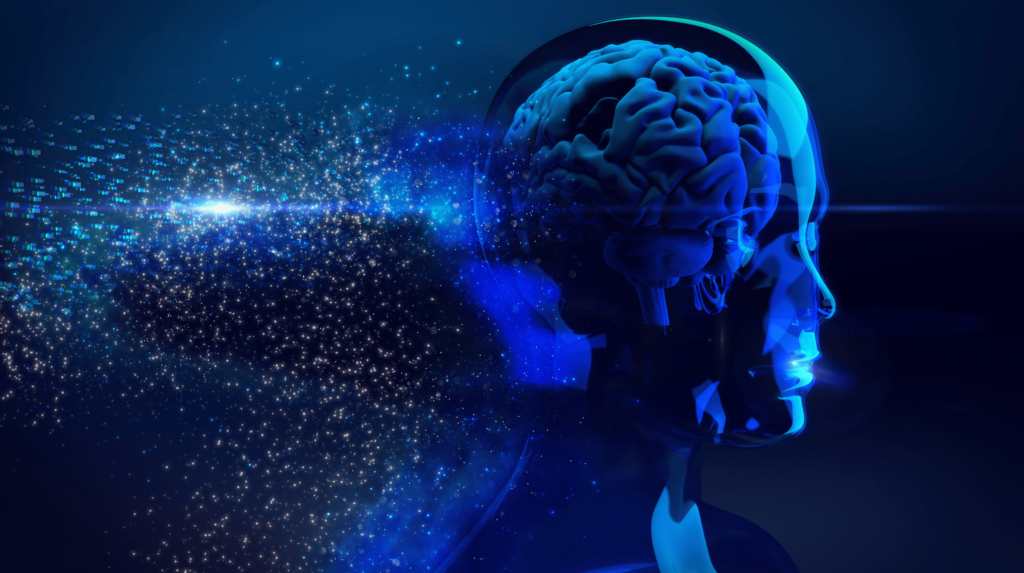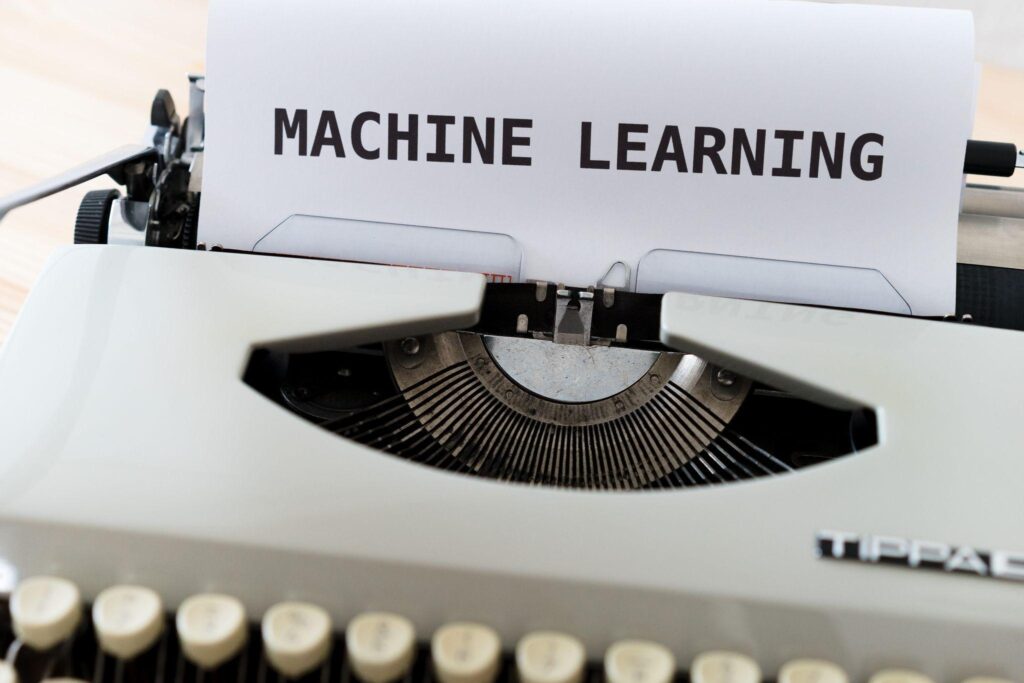Machine learning is the foundation that companies are using to gain insights on their customers, products, costs, and revenues. A well-known example of machine learning is Netflix’s algorithms which are designed to give movie suggestions based on your past viewing history.
To provide you with a brief introduction to these algorithms, here are the most common types of machine learning algorithms and their real-world applications.
Machine Learning Tasks
There are several different ways that an algorithm can model a problem as a result of its interaction with the learning environment or the input data. Here are the four different learning styles in machine learning algorithms:
- Supervised Learning. Input data, which is also called training data, is used by the algorithm until the model receives a desired level of accuracy. In this learning style, the input data has a known label or result. The model is prepared via a training process which requires it to make predictions until a desired level of accuracy can be achieved. Real world examples: stock price prediction, medical imaging.
- Unsupervised Learning. For unsupervised learning, the input data does not have a known label or result. The model is prepared by extracting general rules, to organize the data by similarity, or to create a mathematical process that systematically reduces redundancy. Real world examples: customer segmentation, market basket analysis.
- Semi-supervised Learning. In this learning style, the input data is a mix of labeled and unlabeled data. The model must make predictions. However, it must also learn structures to organize the data. Real world examples: text classification, lane-finding on GPS data.
- Reinforcement Learning. This learning style uses observations that have been gained by interaction with the environment in an iterative fashion. The algorithm continues to learn from its environment until it has explored the full range of possible states. Real world examples: computer played board games, self-driving cars.
Common Machine Learning Algorithm
Now that you have a general understanding about the types of machine learning tasks, here are some of the most popular algorithms that are used to solve business problems along with their real-life applications.
Decision Trees
A decision tree is a supervised machine learning approach that uses a tree-like graph or model of decisions and their potential outcomes, which may include chance-event outcomes, utility, and resource costs. This method makes it possible to approach a problem in a structured way in order to arrive at a logical conclusion.
Decision trees can also be used to assess the number of questions that need to be asked in order to determine the probability of making the right decision in most instances.
Decision trees can be used in real-world applications such as:
- Financial investment decisions
- Company mergers decisions
- Sales lead qualification
The most popular decision tree algorithms are:
- Classification and Regression Tree (CART)
- Iterative Dichotomiser 3 (ID3)
- C4.5 and C5.0 (different versions of a powerful approach)
- Chi-squared Automatic Interaction Detection (CHAID)
- Decision Stump
- M5
- Conditional Decision Trees
Logistic Regression
Logistic regression is a supervised machine learning technique that measures the relationship between a categorical dependent variable and independent variables. It estimates probabilities by using a logistic function, which is the cumulative logistic distribution.
Logistic regression is used in real-world applications such as:
- Credit scoring
- Fraud detection
- Predicting a weather event on a specific date
Bayesian Classification
These are supervised machine learning classification algorithms that are based on Bayes’ theorem which is useful for large data sets. It is also a good option for instances where there are limited CPU and memory resources.
Bayesian classification is used in real-world applications such as:
- Product recommendation systems used by online retailers (e.g. Amazon)
- To mark emails as spam/not spam
- Text classification
The most popular Bayesian algorithms are:
- Naive Bayes
- Gaussian Naive Bayes
- Multinomial Naive Bayes
- Averaged One-Dependence Estimators (AODE)
- Bayesian Belief Network (BBN)
- Bayesian Network (BN)
Support Vector Machines (SVM)
SVM is a supervised machine learning technique that is used for pattern recognition and classification problems. The data must have two classes.
SVM is used in real-world applications such as:
- Detecting disease in individuals
- Handwritten character recognition
- Categorization of content by topic
- Prediction of stock market prices
Clustering Algorithms
Clustering is an unsupervised machine learning approach. It involves the task of creating clusters, or groups, with sets of objects that are more similar to each other than to those in the other groups.
The most popular clustering algorithms are:
- Centroid-based algorithms
- Connectivity-based algorithms
- Density-based algorithms
- Probabilistic
- Dimensionality Reduction
- Neural networks / Deep Learning
Clustering is used in real-world applications such as:
- Market segmentation
- Social network analysis
- Search result grouping
- Medical imaging
- Image segmentation
- Anomaly detection
Choosing Machine Learning Algorithms
According to the problem and the data you have available to you, you’ll need to make a decision as to which machine learning algorithms to use. A typical question asked by beginners to machine learning, is “which algorithm should I use?” The answer to this question will depend on many variables, including the data, time limitations, and what you ultimately want to do with the data.
Even an experienced data scientist won’t be able to determine which algorithm will perform best before trying different algorithms. Sometimes more than one algorithm will apply and in other instances none of these will be a perfect match.
Despite these challenges, our team will find a solution for your needs. If you are interested in learning more about how we can implement machine learning for your project, contact us today for a free consultation.









